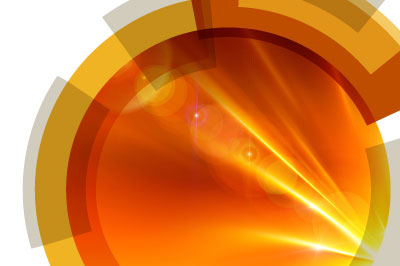This course has been approved by the Royal Society of Chemistry for purposes of Continuing Professional Development (CPD).
This course introduces the fundamental theory of gas chromatography along with the set-up, maintenance and troubleshooting of the Agilent GC hardware using GC OpenLAB CDS software.
The course covers the function and operation of the individual components of the Agilent Gas Chromatograph along with the logical steps of instrument troubleshooting and method development. Attendees will gain practical experience of adjusting the parameters and performing maintenance of the GC instrument. The course will review gas supply and gas handling, Agilent autosamplers, Agilent inlets including split-splitless and multi-mode, capillary columns, and detectors focusing on FID, ECD & TCD.
The course covers the operation of the GC OpenLAB CDS software, PC and data system installation, set-up and maintenance, an overview of the software, how to create a GC method, how to analyse individual samples and create sequences for analysing multiple samples, integration and reporting, quantitation and calibration, reviewing and reprocessing data, method maintenance and retention time locking.
This course introduces the fundamental theory of gas chromatography along with the set-up, maintenance and troubleshooting of the Agilent GC hardware using GC OpenLAB CDS software.
The course covers the function and operation of the individual components of the Agilent Gas Chromatograph along with the logical steps of instrument troubleshooting and method development. Attendees will gain practical experience of adjusting the parameters and performing maintenance of the GC instrument. The course will review gas supply and gas handling, Agilent autosamplers, Agilent inlets including split-splitless and multi-mode, capillary columns, and detectors focusing on FID, ECD & TCD.
The course covers the operation of the GC OpenLAB CDS software, PC and data system installation, set-up and maintenance, an overview of the software, how to create a GC method, how to analyse individual samples and create sequences for analysing multiple samples, integration and reporting, quantitation and calibration, reviewing and reprocessing data, method maintenance and retention time locking.










